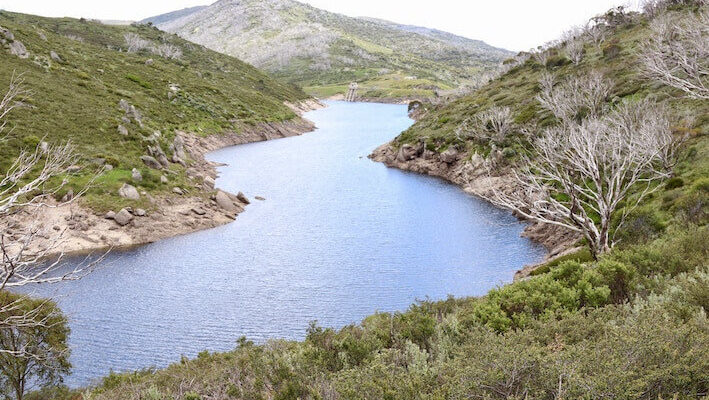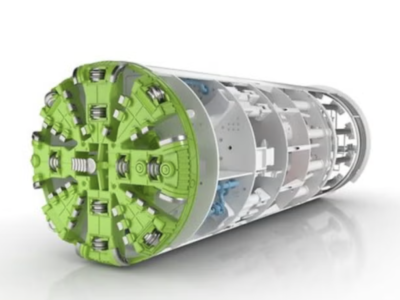
Considering that reduction of suspected environmental and water impacts from contaminated drill and blast spoil in the Kosciuszko National Park is important, the New South Wales Environment Protection Authority (EPA) has issued Snowy Hydro with a Clean Up Notice.
Following the elevated levels of nitrate in surface and groundwater near spoil storage areas on the Snowy 2.0 pumped storage hydropower construction site to the EPA in August, the EPA’s Clean Up Notice requires Snowy Hydro to immediately stop adding any additional material containing high nitrate levels to spoil areas, and over the next two weeks to implement a program to pump and treat the alleged polluted water.
Also, in order to identifying high nitrate areas within existing spoil piles and prevent any further pollution, the company must implement a hot spot identification program. Snowy Hydro is also required to provide the EPA with monitoring data and meet weekly to provide updates about the progress of their clean up actions.
According EPA Executive Director Operations Jason Gordon: ” The EPA took potential environmental contamination seriously and was investigating the incident. The EPA is working with Snowy Hydro to ensure that all conditions of the Clean Up Notice are complied with to ensure the environmental protection of the surrounding Kosciuszko National Park. In addition, officers are investigating to determine what has occurred at the site and the potential area affected.”
After a prevention notice that was issued in August and indicated that Snowy Hydro has to investigate the source and extent of contamination, assess relevant pollution controls and develop a plan to address the issue, this Clean-Up Notice was issued.
Connecting Tantangara Reservoir (top storage) with Talbingo Reservoir (bottom storage) through 27km of tunnels and a power station with pumping capabilities, Snowy 2.0 is Australia’s largest renewable energy project and it is due to enable water to be released for energy generation at times of peak demand and pumped back to the top storage when there is excess renewable energy in the system, ready to generate again.
















